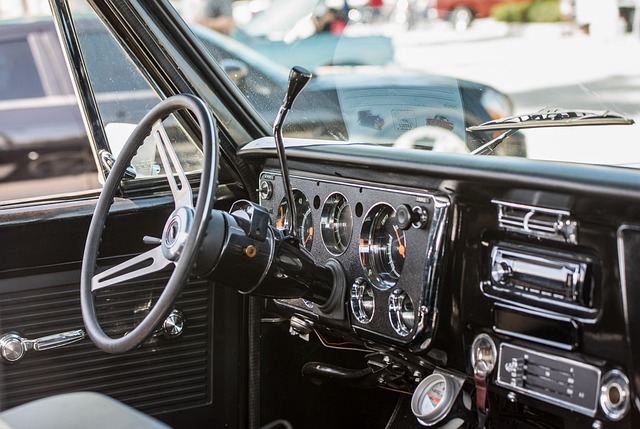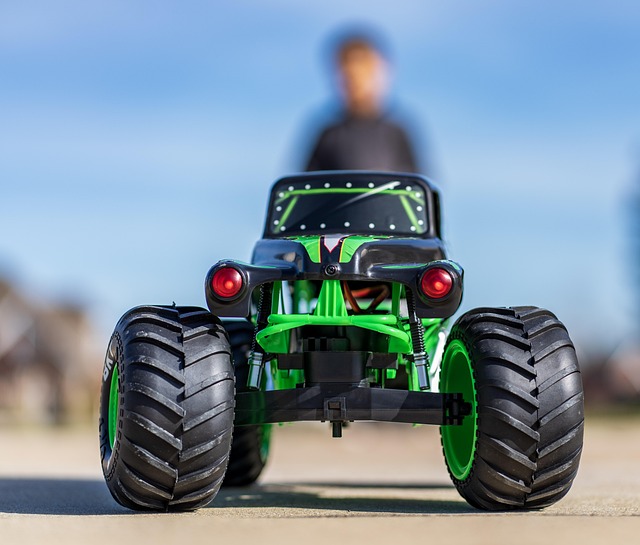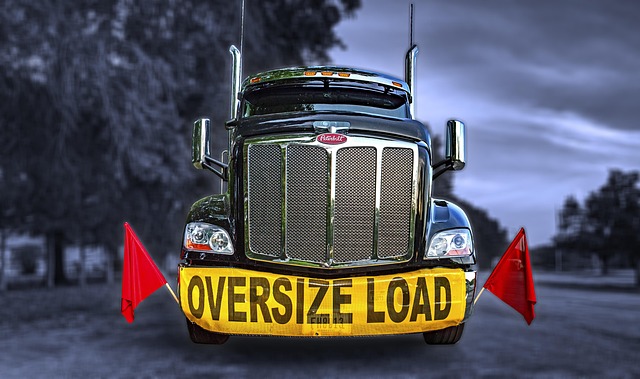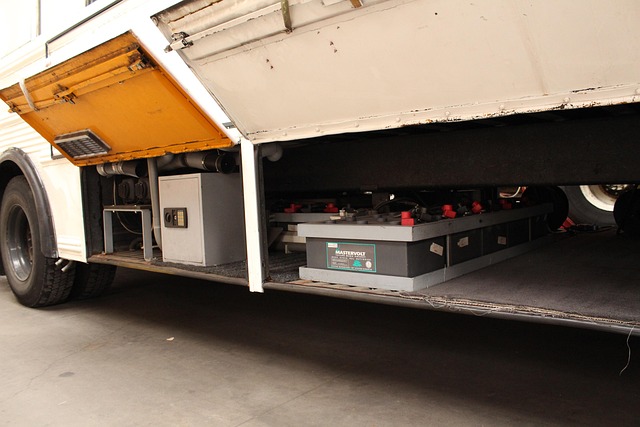“Learn how to register your car in California with our comprehensive guide. This step-by-step process covers everything from understanding the state’s requirements, gathering essential documents, and verifying your vehicle’s crucial VIN (vehicle identification number). We explore convenient DMV service options, whether you prefer online or in-person registration. Ensure a smooth transition by following these expert tips, leveraging tools like a vin verifier, and adhering to California’s regulations.”
- Understand California Car Registration Requirements
- Gather Necessary Documents for Vehicle Registration
- Verify Your Vehicle's VIN (Vehicle Identification Number)
- Choose a California Department of Motor Vehicles (DMV) Service Option
- Complete the Online or In-Person Registration Process
Understand California Car Registration Requirements

Before registering your car in California, it’s crucial to understand the state’s specific requirements. All vehicles operated on California roads must be properly registered with the Department of Motor Vehicles (DMV). This involves providing essential documents and ensuring your vehicle meets safety standards. One critical aspect is verifying the Vehicle Identification Number (VIN). The DMV recommends using a trusted vin verifier to check the VIN’s authenticity, which helps prevent fraud.
In California, you can complete this process through various methods, including mobile vin inspection or mobile vin verification services. These options offer convenience by allowing you to obtain a vehicle history report and necessary documents from the comfort of your location. Understanding these requirements and leveraging available resources like mobile vin verifiers will ensure a smoother registration experience.
Gather Necessary Documents for Vehicle Registration

Before heading to the California Department of Motor Vehicles (DMV), ensure you have all the required documents for a smooth registration process. One crucial document is the Vehicle Identification Number (VIN) verifier, which can be obtained through various official channels. You can perform a VIN inspection online or use a mobile VIN verifier app to verify and record the details.
Having these documents ready allows you to save time at the DMV. Make sure your vehicle’s title, proof of insurance, and any applicable registration fees are also on hand. It’s advisable to check the specific list of requirements for your region within California, as some areas may have additional documentation needs.
Verify Your Vehicle's VIN (Vehicle Identification Number)

Before you can register your car in California, you’ll need to verify your vehicle’s Vehicle Identification Number (VIN). This unique 17-character code is a crucial part of the registration process and helps ensure that your vehicle is authentic and safe for road use. A VIN verifier is a tool designed to cross-check this number against manufacturer records, providing instant validation.
Using a mobile VIN verification service can simplify this step. These services allow you to quickly and easily input your VIN through an app or online platform. Within seconds, you’ll receive detailed information about your vehicle’s history, including its previous owners, maintenance records, and any reported accidents or issues. This information is invaluable during the registration process as it helps ensure that you’re providing accurate data to the California Department of Motor Vehicles (DMV).
Choose a California Department of Motor Vehicles (DMV) Service Option

When registering your car in California, the first step is to select a service option from the California Department of Motor Vehicles (DMV). The DMV offers several convenient ways to complete the registration process, including both in-person visits and online services. For added convenience, consider utilizing a mobile vin verification or vin inspection service. These options allow you to initiate the registration from the comfort of your home or office, saving time and effort.
A mobile vin verifier can perform an essential part of the registration process by quickly validating your vehicle’s Vehicle Identification Number (VIN). This step is crucial as it ensures the accuracy of your car’s information, preventing potential issues during the registration. By opting for a mobile vin inspection, you streamline the initial stages of the DMV visit, making the entire process more efficient and less stressful.
Complete the Online or In-Person Registration Process

In California, registering a car involves either completing the process online or visiting a DMV office in person. Both methods start with gathering essential documents, including your vehicle’s registration certificate, proof of insurance, and a valid driver’s license. Next, you’ll need to provide the unique identifier of your vehicle – its Vehicle Identification Number (VIN). Using a reliable VIN verifier, whether through an online service or a mobile vin inspection app, ensures accuracy in identifying your car. This step is crucial as it helps verify ownership and the vehicle’s history, a key aspect in the registration process.
For those opting for an online approach, they’ll utilize the California DMV’s website to submit their application, pay the required fees, and print out the necessary paperwork. Alternatively, visiting a DMV office involves a more direct interaction where you can complete the forms on-site, receive immediate feedback, and often, get your registration documents right away. Regardless of the method chosen, having your VIN ready through a mobile vin verification process streamlines the registration experience, making it more efficient for California residents to get their cars registered promptly.
Registering a car in California involves understanding specific requirements and gathering essential documents. By verifying your vehicle’s VIN using reliable tools, you can ensure a smooth process. Choose between online or in-person registration at a DMV office, completing the necessary forms, and paying the required fees. Remember to keep your registration up-to-date for legal compliance and safety.
